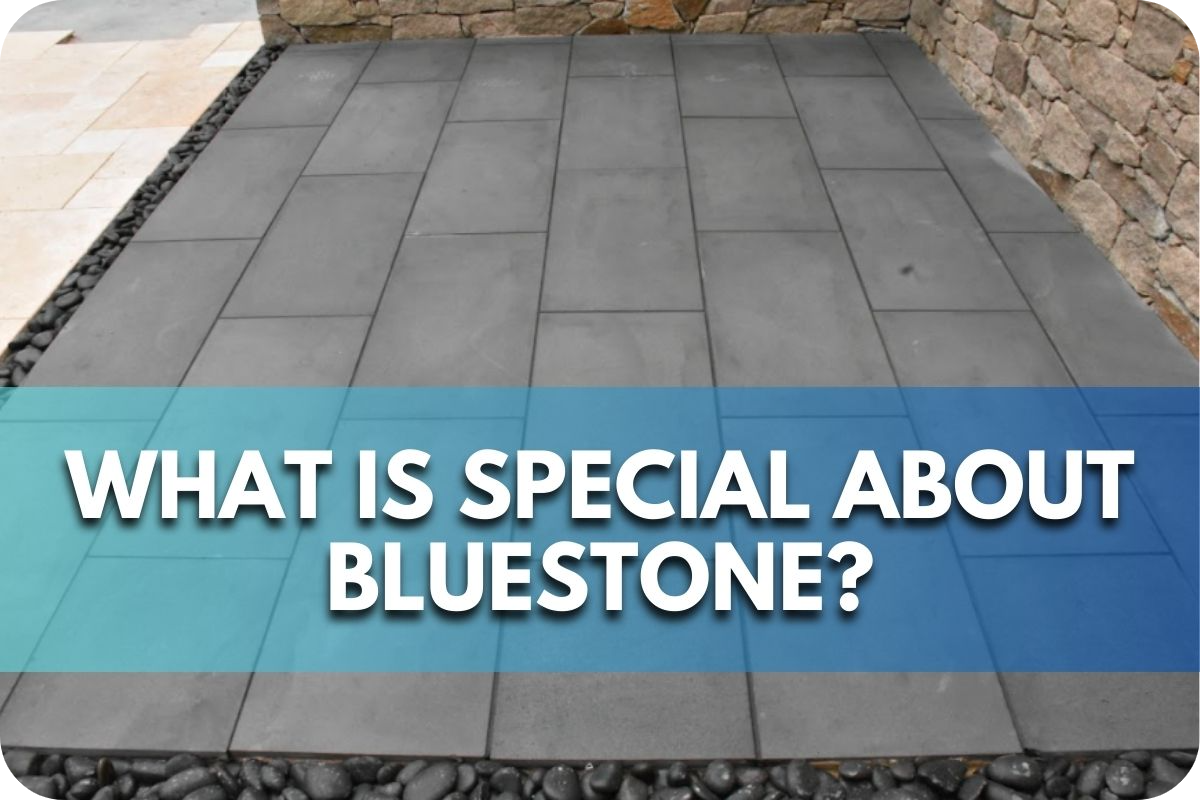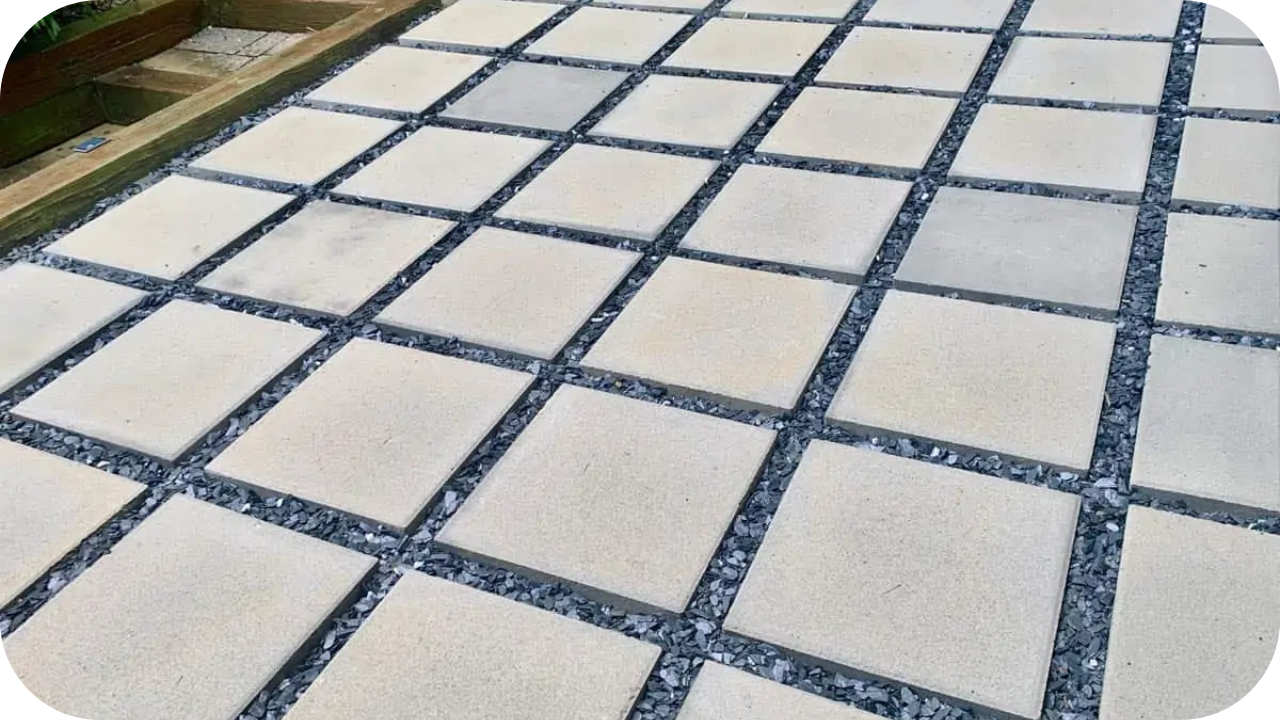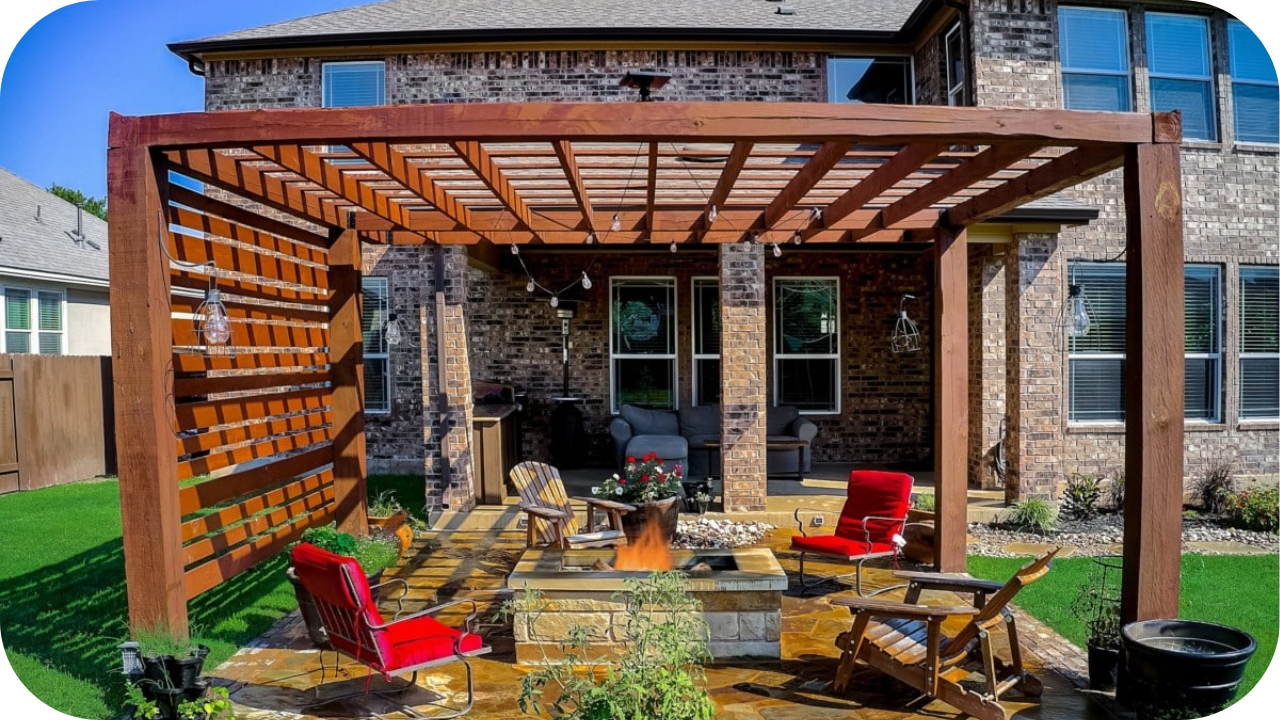
Bluestone: a name you’ve heard, but why is it so prized in landscaping and architecture?” Many feel overwhelmed by choices, unsure if Bluestone is worth the investment.
Imagine installing a material only to realise it’s not durable or timeless. Bluestone’s secret lies in its blend of beauty and resilience. With its unmatched durability and natural elegance, it’s earned its spot as Australia’s favourite paving stone!
In this guide, we’ll uncover what makes Bluestone extraordinary—its benefits, and why it stands apart from the rest.
What Is Special About Bluestone?
Bluestone is a versatile and beautiful natural stone renowned for its durability, subtle blue-grey tones, and slip-resistant surface. Its dense composition makes it perfect for high-traffic areas like patios, walkways, and pool surrounds, and its natural beauty offers timeless elegance.
What Is Bluestone?
Bluestone is a highly sought-after natural stone known for its durability, versatility, and elegant blue-grey tones. Formed over millions of years, it is a sedimentary rock often used in construction and landscaping for its strength and timeless appeal.
Two primary types exist: Pennsylvania Bluestone, a sandstone variety popular in the United States, and Australian Bluestone, a basalt with volcanic origins that offers superior density and durability.
Renowned for its non-slip surface and weather resistance, Bluestone is ideal for outdoor applications like patios, pathways, and pool surrounds. Its natural colour variations and textures make each piece unique, allowing for distinctive and eye-catching designs.
Suitable for both traditional and modern spaces, Bluestone seamlessly blends beauty with practicality. Its resilience to wear and heavy traffic ensures long-lasting performance, making it a top choice for homeowners and designers alike.
What Is Special About Bluestone?
Learn why Bluestone is a standout choice for any project! From unmatched durability to timeless aesthetics, this versatile material offers safety, style, and practicality for indoor and outdoor spaces.
1. Durability and Longevity
Bluestone is renowned for its exceptional durability, making it an ideal choice for areas subject to heavy use or harsh weather. It resists cracking, chipping, and erosion, ensuring it maintains both its structural integrity and aesthetic appeal over time.
This toughness makes Bluestone a perfect material for high-traffic spaces like pathways, driveways, and patios, where resilience is essential.
Its ability to withstand the elements and daily wear makes it a reliable investment, offering long-lasting performance and timeless beauty for both indoor and outdoor applications. Bluestone truly stands the test of time.
2. Versatility in Applications
Bluestone’s versatility allows it to fit seamlessly into various designs and applications. Whether used for patios, walls, pool surrounds, or indoor flooring, it adapts beautifully to different architectural styles.
Its ability to blend with both traditional and contemporary aesthetics makes it a go-to choice for homeowners and designers. From rustic garden paths to sleek feature walls, Bluestone offers a flexible solution for all kinds of creative projects.
3. Non-Slip Surface: Safe and Functional
Bluestone’s naturally rough surface provides excellent slip resistance, making it a safe choice for wet areas like pool decks and walkways. This feature is especially beneficial for families and public spaces, where safety is a priority.
Its non-slip properties do not compromise its visual appeal, allowing it to maintain a balance between functionality and beauty. Whether in rainy climates or around water features, Bluestone ensures a secure and stylish solution.
Bluestone is exceptionally dense and hard, ranking highly in resistance to scratching, abrasion, and weathering. This makes it a superior choice for high-traffic areas and outdoor applications where it faces the elements.
4. Aesthetic Appeal
Bluestone’s natural, earthy tones exude sophistication and elegance, complementing a wide range of design styles. Its subtle blue-grey hues add depth and texture, creating a striking visual effect in any space.
Whether used in modern minimalist interiors or rustic outdoor spaces, Bluestone enhances the overall aesthetic with its timeless charm. The unique variations in colour and texture ensure that each piece of Bluestone adds character and individuality to the project.
5. Thermal Properties
One of Bluestone’s unique features is its ability to stay cool underfoot, even in direct sunlight. This thermal property makes it an ideal material for outdoor areas like patios and pool surrounds, ensuring comfort during hot weather.
Unlike other materials that absorb and retain heat, Bluestone provides a refreshing surface that enhances the usability of outdoor spaces. Its cooling effect adds to its practicality, making it a preferred choice for sunny climates.
6. Low Maintenance
Bluestone is a low-maintenance material, making it a practical choice for busy homeowners and commercial projects. Its natural durability ensures it withstands daily wear and weather conditions with minimal upkeep.
Cleaning Bluestone is straightforward, typically requiring just mild soap and water to maintain its appearance. For added protection against stains or moisture, occasional sealing is recommended, particularly in high-traffic or wet areas.
With its ability to retain its beauty and functionality over time, Bluestone offers a hassle-free, long-lasting solution for both indoor and outdoor applications.
7. Environmental Benefits
Bluestone is an eco-friendly choice, valued for its natural sourcing and long lifespan. Its durability reduces the need for frequent replacements, minimising waste and conserving resources over time.
The minimal processing involved in Bluestone’s production lowers its environmental footprint compared to synthetic materials. Many suppliers like Splendour in Stone also prioritise sustainable quarrying practices, ensuring responsible sourcing.
Additionally, its timeless appeal and resilience mean Bluestone remains functional and visually appealing for decades, reducing the environmental impact associated with renovations or repairs. Choosing Bluestone supports sustainability while delivering beauty and performance.
Maintenance and Care
Proper maintenance and care ensure Bluestone retains its beauty and functionality for years. Regular cleaning is simple—use mild soap and water to remove dirt and grime, avoiding harsh chemicals or abrasive cleaners that can damage its surface.
For outdoor applications, periodic rinsing with water helps clear away debris and prevent buildup caused by weather exposure.
Sealing Bluestone is essential to protect it from stains and moisture, particularly in high-traffic or wet areas like patios, driveways, and pool surrounds.
A high-quality sealant should be applied during installation and re-applied every 1–2 years to maintain optimal protection. Sealing enhances durability and preserves the stone’s natural finish.
Quickly addressing spills, especially from acidic substances, prevents discolouration. For stubborn spots, use a soft brush or non-abrasive cloth for gentle cleaning.
With minimal effort, Bluestone remains a timeless and low-maintenance option, offering lasting elegance and practicality for any space.
Conclusion
Bluestone combines durability, versatility, and timeless elegance, making it a standout choice for any project. Whether for patios, pathways, or feature walls, its natural beauty and practicality shine.
Ready to elevate your space with Bluestone? Contact Splendour in Stone today for expert advice and premium-quality materials. Let’s bring your vision to life!
More To Explore

Top Outdoor Paving Ideas for Aussie Backyards
Are you ready to transform your Aussie backyard with stunning paving ideas? Whether you’re looking to create a stylish outdoor entertaining area, a functional pathway,

Small Backyard? Here’s How to Maximise with Stone
Struggling to make the most of your small backyard space? Many homeowners with limited outdoor areas feel restricted when it comes to design. But what


